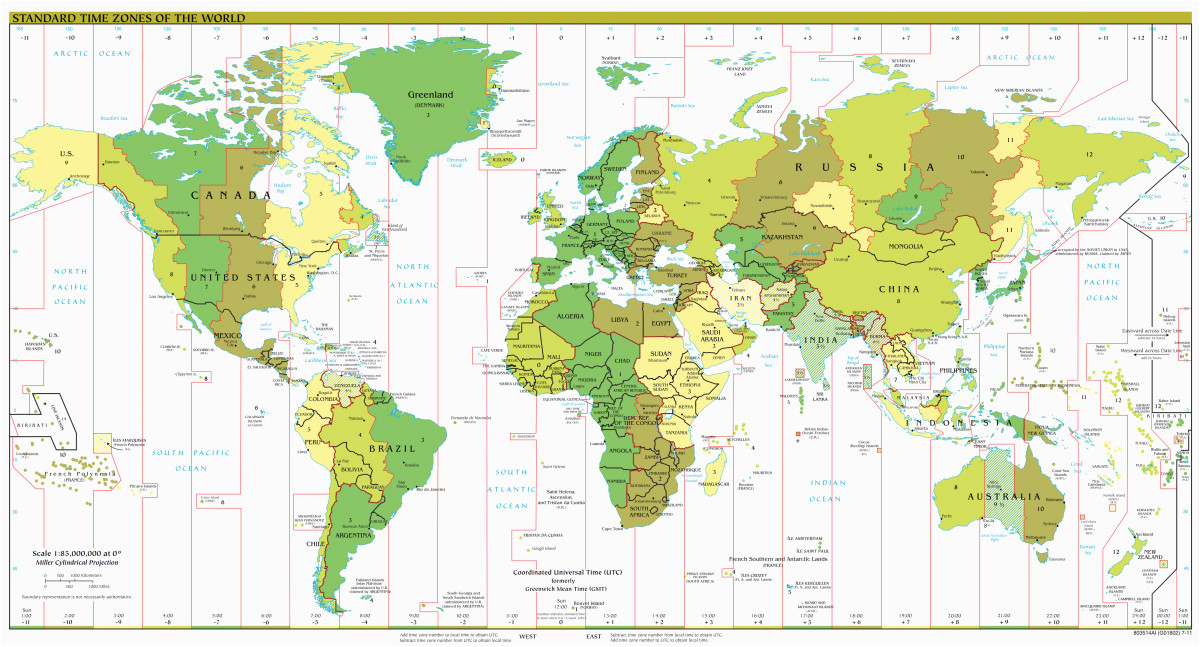
Notable exceptions are Switzerland and some of the Balkan countries. The main block of European countries are part of the European Union (EU). The population of Europe is roughly 700,000,000: about 11% of the world's population.

In terms of population, it is the third-largest continent. In M05 session there were different papers only for Biology, Mathematics and Physics. Timezone 0 is for papers that are same in every country. Timezone 2 are countries 'under' IBAEM (Africa/Europe/Middle East) and IBAP (Asia-Pacific). When considered a continent, Europe is the world's second-smallest continent in terms of area, with an area of 10,600,000 km² (4,140,625 square miles). Timezone 1 are all countries that are 'under' IBNA (North America and the Caribbean) and IBLA (Latin America). However, the Ural mountains are considered by some to be a geographical and tectonic landmark separating Europe and Asia. Europe is bounded to the north by the Arctic Ocean, to the west by the Atlantic Ocean, to the south by the Mediterranean Sea, and to the east its boundary is culturally determined and unclear. Europe is conventionally considered a continent this is more of a cultural distinction than a geographic one.

Europe Time Zones Daylight Saving Time (DST) rulesĮuropean Union (EU) countries and non-EU countries using DST rulesĮurope is geologically and geographically a peninsula or subcontinent, forming the westernmost part of Eurasia. After the second world war, certain west European countries (in the GMT zone) gave up the six-monthly changing of the clocks but adopted Central European Time (. The EU Member States have the responsibility to ratify the EU proposal (European Directive on Discontinuing seasonal changes of time) and agree to adopt the.


 0 kommentar(er)
0 kommentar(er)
